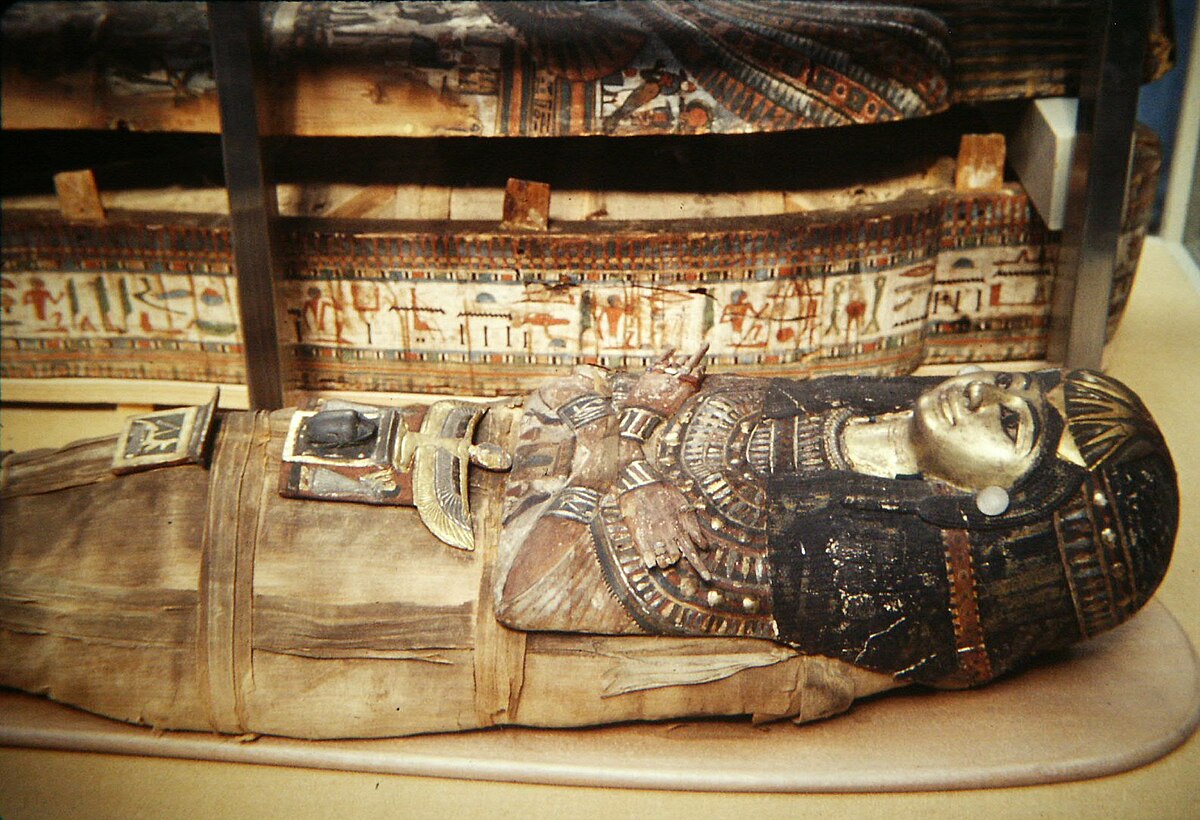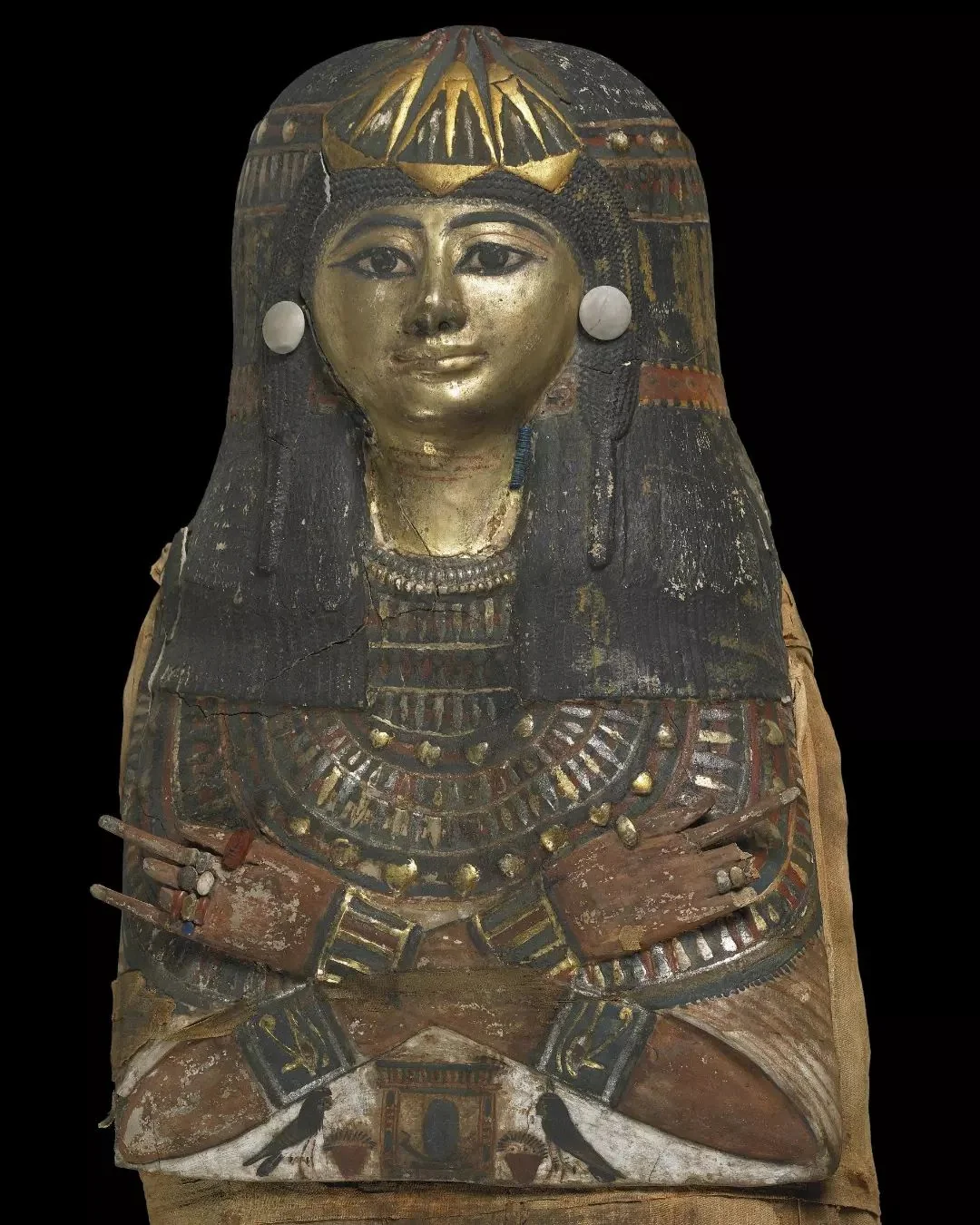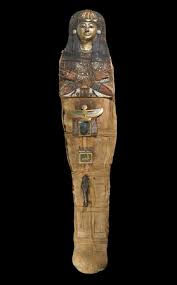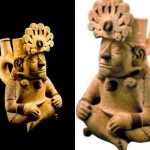𝘔𝘶𝘮𝘮𝘺 of Katebet — Chantress of Amun

𝘔𝘶𝘮𝘮𝘺 of Katebet — Chantress of Amun
Date: c. 1330–1250 B.C. | Period: New Kingdom | Findspot: Thebes, Upper Egypt
Collection: The British Museum © The Trustees of the British Museum

This exquisitely preserved 𝘔𝘶𝘮𝘮𝘺 belonged to Katebet, an elderly woman who served as a Chantress of Amun at Karnak — a prestigious religious role in ancient Thebes.
The mummy of Katebet, an ancient Egyptian priestess known as a “Chantress of Amun,” offers a fascinating glimpse into the religious and cultural practices of New Kingdom Egypt. Katebet’s remains were discovered in Thebes and date to approximately 1320–1280 BCE, during the late Eighteenth or early Nineteenth Dynasty. She was likely involved in singing and performing music during rituals at the Temple of Karnak, dedicated to the god Amun. Her mummified body is housed in the British Museum, where it is displayed with a painted cartonnage mask and linen wrappings.

Radiographic examinations reveal that Katebet was elderly at the time of her death, having lost nearly all her teeth and suffering from spinal arthritis. Interestingly, her coffin appears to have been originally designed for a male, as suggested by the shape of the wig and the positioning of the arms crossed over the chest. These features were later modified to suit her burial. Additionally, a scarab beetle was placed on her stomach during mummification, symbolizing protection during her judgment in the afterlife.

Katebet’s burial items, including a shabti and pectoral ornaments, further illuminate her status and the spiritual beliefs of the time. Her well-preserved remains and accompanying artifacts provide invaluable insights into the lives of temple personnel and the religious life of ancient Egypt.











